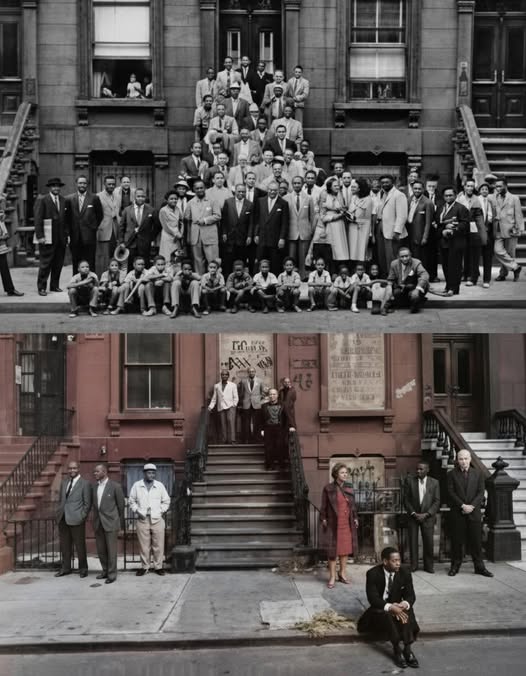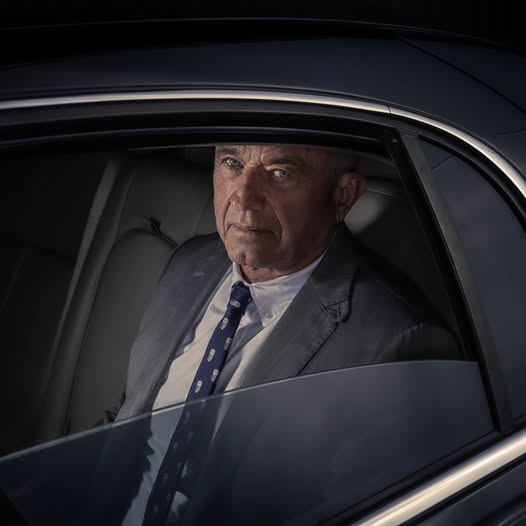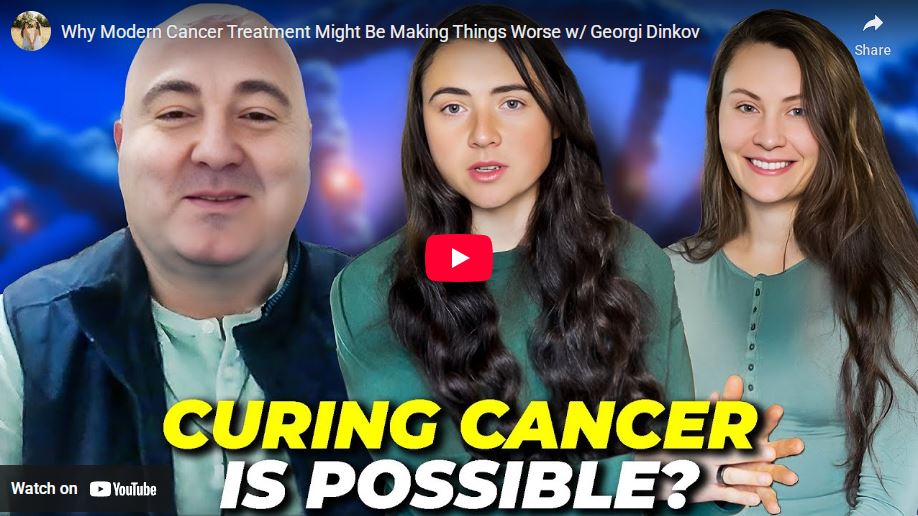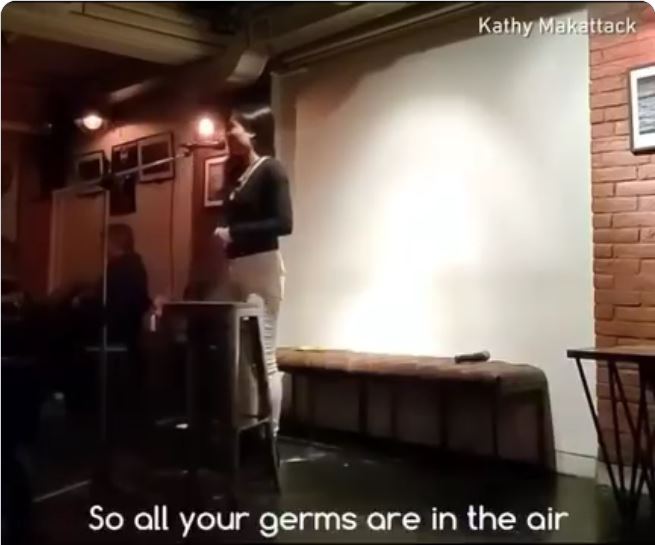
Impressive Collection Of Dogs Being Heroes
Pfizer’s Birth Control Shot Used by 25% of U.S Women Linked to Disabling Brain Tumors

For decades, Pfizer has marketed its injectable birth control Depo-Provera as a convenient, long-acting option for women. What few were told — and what new research now confirms — is that this hormone shot doubles the risk of developing brain tumors.
The latest study, published in JAMA Neurology by researchers from the Cleveland Clinic and Case Western Reserve University, examined over 61 million U.S. medical records spanning two decades. Among these, women who used Depo-Provera — formally known as depot medroxyprogesterone acetate (DMPA) — were found to have a 2.4-fold higher risk of developing meningioma, a slow-growing but potentially disabling brain tumor.
Depo-Provera has been used by roughly 1 in 4 sexually active women in the United States — a staggering figure given the now-documented neurological danger. The study found the highest tumor risk in women who started injections after age 31 or continued for more than four years.
Though meningiomas are often labeled “benign,” their growth can compress vital brain structures, leading to vision loss, cognitive decline, seizures, and paralysis.
https://open.substack.com/pub/petermcculloughmd/p/new-study-pfizers-birth-control-shot
Living History Day
The first thing I told my grandson’s class was that I helped a man die before I was old enough to buy a beer.
The whole room just… stopped. Not that loud, shocked quiet. The other kind. The one where you can suddenly hear the hum of the cheap fluorescent lights.
I’m seventy-six. My left knee clicks like a typewriter when I stand up, and my voice has more gravel than a country road. But that day, in my grandson Alex’s stuffy high school classroom, I saw something on those kids’ faces I hadn’t seen in a long time.
It wasn’t just curiosity. It was focus.
The teacher had invited me for “Living History Day.” A nice idea. My grandson Alex said last year they had a woman who’d marched with Dr. King. This year, they got me. Alex said they usually get software coders or someone who went “viral” on TikTok. They don’t usually get a guy with a piece of shrapnel still floating in his hip.
So there I was, standing in an old field jacket that’s been too tight since the Clinton administration, feeling a lump in my throat the size of a ration biscuit.
I didn’t bring any notes. You don’t need notes to talk about hell.
I told them about boot camp at Parris Island in ’68. How they shaved our heads until we were all just scared, angry ghosts in the same green uniform. How the South Carolina humidity felt like a hot, wet towel you could never take off, and the Drill Instructor peeled the civilian right off your bones.
I told them about the flight to Da Nang. The smell of jet fuel and stale sweat, and the feeling in your gut when the wheels hit the tarmac. I told them the first time I saw a man killed, he didn’t scream like in the movies. He just made a soft sound, like a sigh, and was gone.
I didn’t give them the gore. But I didn’t sugarcoat it, either.
Then I told them what mattered.
I told them I didn’t go to Vietnam because I understood the politics. I went because the draft board sent me a letter. I stayed because of the kid next to me. Because we made a pact to get each other home, even if only one of us was walking.
I told them about “Ski.” His real name was Mike Petrowski, from the South Side of Chicago. Always talking about the Cubs. He was supposed to go to college, but his dad lost his job at the steel mill. He took a piece of shrapnel from an IED that was meant for the trail in front of us. One minute he was complaining about the heat and his new boots, and the next… I was grabbing for a field dressing that I knew wouldn’t do any good.
I saw a girl in the back, one with bright blue hair, pull her sleeve over her eyes.
Then, I told them about coming home.
About landing in San Francisco and a college girl, not much older than them, spitting on my uniform. About how my own mom cried, but my dad just grabbed my duffel bag and said, “Well, that’s done. Best not to talk about it, Frank. People are… divided.“
I told them how the silence back home was deafening. How I couldn’t sleep in a soft bed for months because the quiet felt more dangerous than the jungle. How I drank a bit too much whiskey and yelled a bit too loud.
But I also told them this:
The Marine Corps didn’t just teach me how to clean a rifle. It taught me how to show up. It taught me how to carry my own pack, and someone else’s when they were stumbling. It taught me humility—that you’re not special, but what you do can be. I learned that life isn’t fair, and you don’t get to quit just because you’re tired or scared.
A boy in the back with his hood up asked the question. “Was it worth it? Would you… do it again?“
I looked at him. “I’d never wish for a war,” I said. “But I’m not sorry for who it made me. It made me a man. A flawed one, sure. But one who learned what it means to care about something more than just yourself.”
The bell rang, but nobody moved. It was so quiet, the teacher had to clear his throat and remind them to get to their next class.
As they filed out, one of the kids, the quiet one who always sat in the corner, slipped a folded piece of notebook paper into my hand.
I opened it in the car. Five words, scrawled in blue ink:
“Thank you for being real.”
That night, Alex gave me a hug that nearly cracked a rib. He said, “Grandpa, nobody even looked at their phone. Not once.”
I sat on my porch for a long time after that, watching the cars go by. For forty years, I kept my mouth shut. Thought no one wanted to hear it. Thought they’d just see a broken old relic.
But maybe I was wrong. Maybe this country, with all its shouting and all its noise, is finally ready to just… listen.
Because some stories don’t need a filter or a hashtag. They just need someone old enough to remember the truth, and someone young enough to finally hear it.
The Opposite Is True This is a snapshot. To see the full story: https://howtolivethehealthiestlife.com/

This is a snapshot. To see the full story: https://howtolivethehealthiestlife.com/
One Treatment For Autism

Covid Lament
Bioenergetic Expert Warns Against Misguided Cancer Treatment Trends, Offers New Insights

- Cancer occurs when cells abandon efficient mitochondrial energy production for glycolysis, creating lactic acid buildup and cellular dysfunction
- Estrogen drives cancer progression by forcing cells into glycolysis, while protective hormones like progesterone, testosterone, and pregnenolone counteract these harmful effects
- Environmental toxins including pesticides, plastics, soy, flax, and blue light waves act as endocrine disruptors, creating estrogen dominance and damaging mitochondrial function
- Standard cancer treatments like chemotherapy backfire by leaving cellular debris that triggers inflammation throughout the body, spreading the disease further
- Therapeutic approaches using aspirin, carbon dioxide, B vitamins, and hormone optimization restore healthy cellular energy production and guide damaged cells toward apoptosis
Blockbuster Anticlotting Drug Approved on Flawed Studies

- Ticagrelor, a blockbuster anticlotting drug, was approved despite FDA scientists warning it looked less safe and effective than older, cheaper alternatives like clopidogrel
- The landmark PLATO trial used to secure approval showed U.S. patients had worse outcomes on ticagrelor, yet those results were overridden by FDA leadership
- Investigations revealed serious problems with the trial, including altered death records, missing data, and inconsistent monitoring that favored ticagrelor
- Follow-up platelet studies were also misreported, with non-significant results published as significant and some listed authors denying participation
- Knowing these flaws allows you to ask about proven alternatives, reduce your personal heart risk through lifestyle, and avoid dependence on drugs pushed forward with weak, flawed evidence
Being There For Them

Today, I did a little experiment. I sat quietly in the corner while my boys played and kept a tally of how many times they looked at me.
Not for answers. Not for help. Just to see if I was watching.
Twenty-eight times.
Twenty-eight times they looked to see if I saw their cool tricks.
Twenty-eight times they searched my face for approval.
Twenty-eight times they checked to see if I was proud, if I was listening, if I was there.
And I couldn’t help but wonder… what if I had been glued to a screen? What message would I have sent?
That a notification was more important than them?
That the World Wide Web mattered more than their world right in front of me?
Twenty-eight times they would have felt overlooked.
Twenty-eight times they would have questioned their worth.
Twenty-eight times they would have learned that who you are online is what really matters.
But it doesn’t.
In a world obsessed with followers, likes, and filtered versions of reality, our kids need us to show them something different. They need us to show up. To put down the phone. To look them in the eyes and remind them: You matter more than any screen ever will.
Because they’re watching. Always. And the message we send shapes the adults they’ll become.
So tonight, put it down. Be present. Love out loud.
[Brandie Wood]


